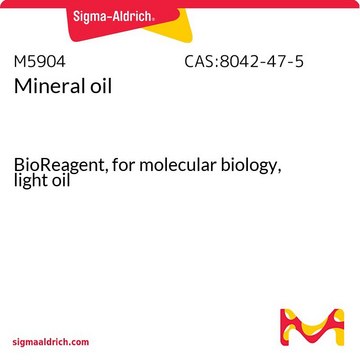Z2625
Zomepirac sodium salt
Sinónimos:
5-(p-Chlorobenzoyl)-1,4-dimethylpyrrole-2-acetic acid sodium-potassium salt
About This Item
Productos recomendados
Quality Level
SMILES string
Cc1cc(CC(=O)O[Na])n(C)c1C(=O)c2ccc(Cl)cc2
InChI
1S/C15H14ClNO3.Na/c1-9-7-12(8-13(18)19)17(2)14(9)15(20)10-3-5-11(16)6-4-10;/h3-7H,8H2,1-2H3,(H,18,19);/q;+1/p-1
InChI key
SEEXPXUCHVGZGU-UHFFFAOYSA-M
Application
signalword
Danger
hcodes
Hazard Classifications
Acute Tox. 2 Oral - Acute Tox. 3 Dermal - Acute Tox. 3 Inhalation
Storage Class
6.1A - Combustible acute toxic Cat. 1 and 2 / very toxic hazardous materials
wgk_germany
WGK 3
flash_point_f
Not applicable
flash_point_c
Not applicable
ppe
Eyeshields, Faceshields, Gloves, type P2 (EN 143) respirator cartridges
Elija entre una de las versiones más recientes:
Certificados de análisis (COA)
¿No ve la versión correcta?
Si necesita una versión concreta, puede buscar un certificado específico por el número de lote.
¿Ya tiene este producto?
Encuentre la documentación para los productos que ha comprado recientemente en la Biblioteca de documentos.
Artículos
Drug Transport
Nuestro equipo de científicos tiene experiencia en todas las áreas de investigación: Ciencias de la vida, Ciencia de los materiales, Síntesis química, Cromatografía, Analítica y muchas otras.
Póngase en contacto con el Servicio técnico







